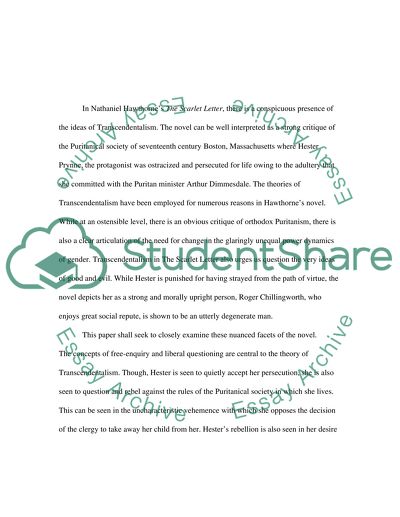Cite this document
(“Transcendentalism in Nathaniel Hawthornes The Scarlet Letter Research Paper”, n.d.)
Retrieved from https://studentshare.org/english/1428273-transcendentalism-in-nathaniel-hawthornes-the-scarlet-letter
Retrieved from https://studentshare.org/english/1428273-transcendentalism-in-nathaniel-hawthornes-the-scarlet-letter
(Transcendentalism in Nathaniel Hawthornes The Scarlet Letter Research Paper)
https://studentshare.org/english/1428273-transcendentalism-in-nathaniel-hawthornes-the-scarlet-letter.
https://studentshare.org/english/1428273-transcendentalism-in-nathaniel-hawthornes-the-scarlet-letter.
“Transcendentalism in Nathaniel Hawthornes The Scarlet Letter Research Paper”, n.d. https://studentshare.org/english/1428273-transcendentalism-in-nathaniel-hawthornes-the-scarlet-letter.


